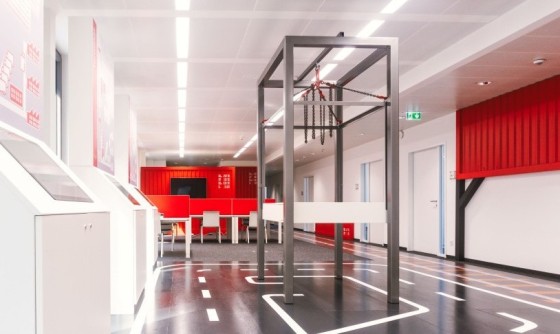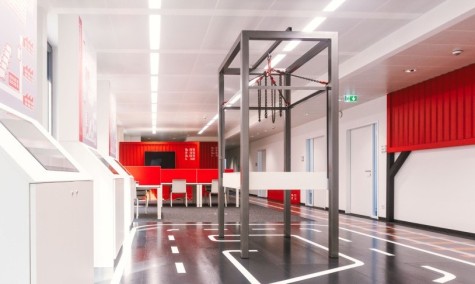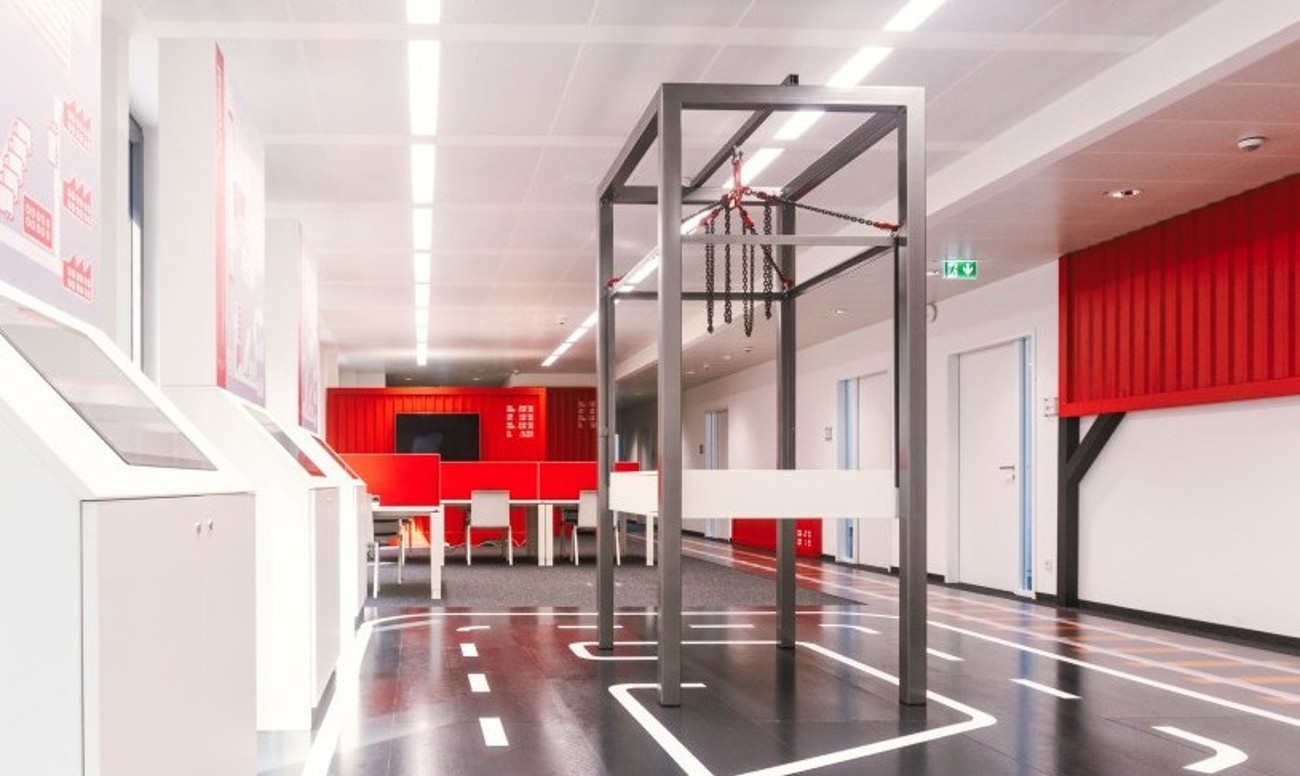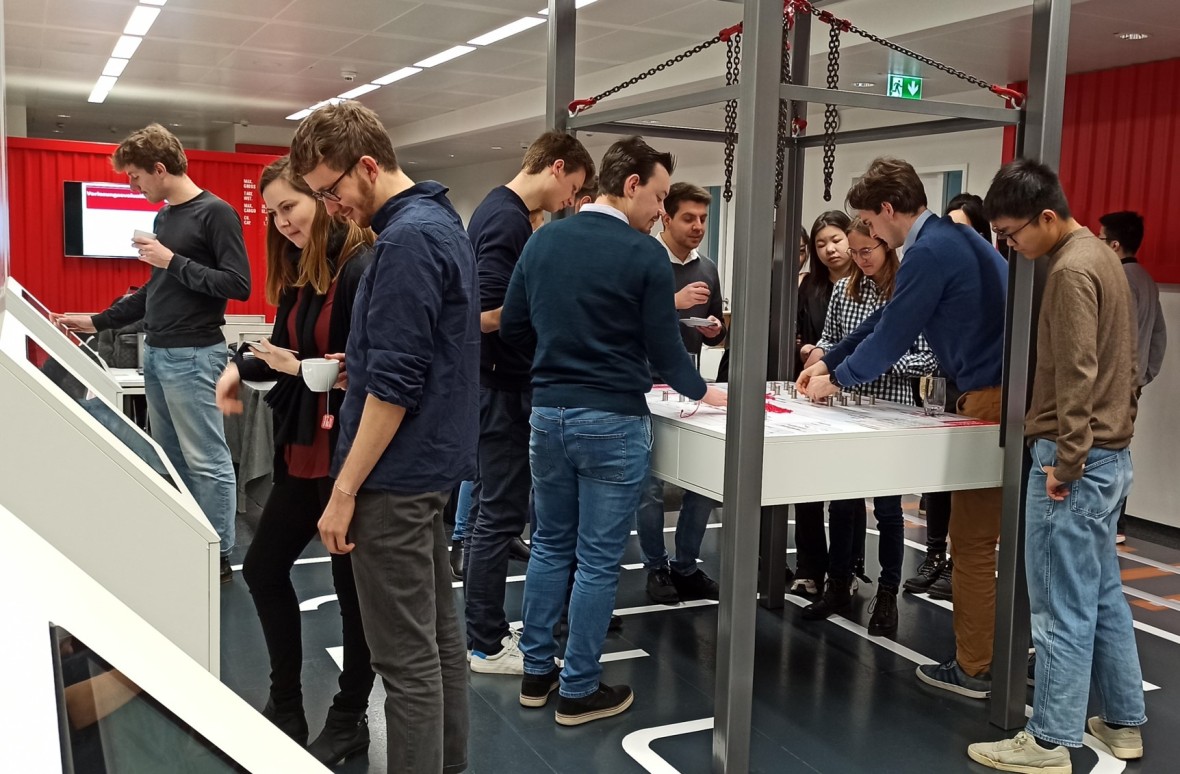

With the “Combined Transport Innovation Lab” at the House of Logistics and Mobility (HOLM), we are pursuing the goal of promoting a diverse dialog with different people from the transport and logistics industry, as well as from politics and society. This enables us to transfer results and at the same time reflect on the practical applicability of our solutions and identify new innovative fields of research.
In addition to basic information, we present innovative research results for increasing the productivity and efficiency of Combined Transport. We also take into account society's perspective on achieving climate targets and reducing other negative external effects (realized through traffic avoidance, traffic reduction and modal shift to environmentally friendly modes of transport). In order to convey all of this interactively, selected tasks related to CT are available at an interaction table. The corresponding solutions can be examined in greater depth at the dedicated workstations for freight forwarders, terminals and CT operators. For this purpose, we have prepared our research results for the touch screens at the workstations for “self-study”. We are happy to explain the detailed functionality of our solutions in the meeting area, where we can carry out further simulation experiments and test new optimization methods just like in a laboratory.
With our multifunctional “Combined Transport Innovation Lab” at the HOLM, we are addressing several target groups at the same time. Together with the companies involved in CT, we want to further increase the efficiency of CT and involve both shippers and politicians in an inspiring way. We also want to inspire our students, who can develop, discuss and test new ideas for CT here in the lab.
Would you like to visit our innovation lab? Get in touch with our contact person now: Em Hartmann, Team Assistant























